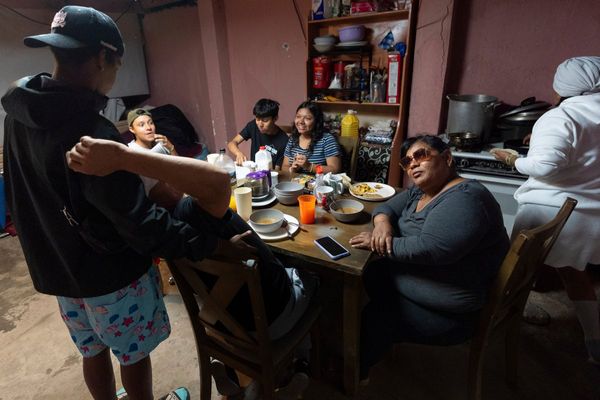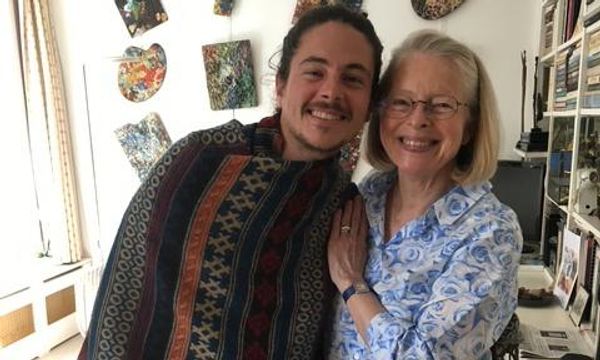Universities have existed for over 1,000 years, and their institutional mission of teaching the next leaders and members of society has remained remarkably constant.
One significant change, though, has been the student population and their relationship to the university.
Especially since the end of the Second World War and in the last four decades, university populations in Canada have become increasingly diverse.
Mature adult learners, students who are parents, students requiring accommodations, and first generation students have all been recognized as non-traditional university students — as have women, who only outpaced men in university enrolment in 1987 in Canada.
The proportion of racialized students and international students has grown significantly.
In the past 20 years in particular, university policy has examined how welcoming groups marginalized or historically excluded from universities, such as Indigenous, Black and gender-diverse students, relates to different aspects of university life. Since the 1980s, accessibility has been a major policy priority for universities.
À lire aussi : Recognizing history of Black nurses a first step to addressing racism and discrimination in nursing
How universities interact with and serve international students in higher education is coming under increasing scrutiny.
Importantly, these changes have taken place within the context of shifting social values and advocacy for student rights. These transformations have had significant effects on how universities understand a duty of care for students, and what this implies for student services.
Moral regulation
Historically, universities in Canada served the elite and privileged of society, as well as, at some universities, students who were going to be priests and members of other religious orders.
Universities (and these standards) were influenced by a moral vision heavily shaped by Christian religion, and also by a ideals of participation in a colonial enterprise.
Students were expected to be upstanding citizens, and universities imposed strict behavioural and moral regulation on men to ensure they developed a strong moral character.
The first English-language university in Canada, the Provincial Academy of Arts and Sciences (later changed to University of New Brunswick) was established in 1785. Université Laval was established in 1852, becoming the first North American French-language university, growing out of the Séminaire de Québec.
Increased governmental involvement and several legislative acts promoted expansion of post-secondary institutions as Canada grew as a colony and the British North America Act was passed in 1867.
Early 20th century
As more women started attending university, and particularly after the First World War, senior leaders on campus recognized the need for differentiated residences and services.
Behavioural standards could include everything from appropriate dress to curfews and even to approval of off-campus residences for women.
Many campuses appointed a dean of men and a dean of women whose roles focused on upholding strict moral standards. With regards to student behaviour, violations of these standards could be treated harshly with suspensions and expulsions, often with the student having no recourse.
Philip Lee, an expert in education and law, chronicles how, in the United States, courts supported these stances and referred to universities acting in the place of a father administering discipline in his home or acting in loco parentis (in the place of a parent).
Writing of Canadian university history, legal scholar Clive B. Lewis notes a high degree of paternalism in how Canadian universities related with students.
The phrase in loco parentis is still sometimes used to argue for universities’ duty of care for students.
Response to veterans, rise in services
Over the first four decades of the 20th century, the campus view of students needing “parental oversight” remained unchanged. The end of the Second World War saw immense shifts. With the Veterans’ Rehabilitation Act (1945), war veterans were provided with tuition, and family and living allowance.
Soon nearly a quarter of all university students were war veterans. The vets were usually older and had families; they were more focused on long-term learning and career goals and some had suffered immense trauma during the war.
À lire aussi : Universities have thrived despite past disruptions and could grow even stronger after COVID-19
University Advisory Service (UAS) was established to represent counsellors who gave veterans personal and financial advice as well as placement advice. Additionally, as these students were parents themselves and lived in their own homes, they did not require the oversight and monitoring that prior university students had needed. This successful implementation led to demand for these kinds of services for all students in the late 1940s and through the 1950s.
Services were increasingly professionalized and organized within the umbrella of student services.
A dramatic change was the shift from men’s and women’s separate residences to co-educational residences.
Agitation for civil, student rights
The real end of universities acting in a similar capacities as parents began as society started to embrace different styles of music, dress and social norms, causing tension between these increasing freedoms and the stifling campus regulations.
At the same time, students were increasingly vocal about the strict codes of conduct imposed on them as students. Within the larger community, there was increasing agitation for the recognition of students’ rights.
Multiple lawsuits in the United States were launched by college students, protesting against the university’s use of in loco parentis as a means of enforcing moral standards, and they demanded that their civil rights were restored.
Universities as bystanders?
As Lee details, at first, the pendulum swung too far in the other direction, and a “bystander era” was ushered in where universities were believed to have no involvement in students’ lives outside of academic matters.
After subsequent court cases regarding student non-academic misconduct causing harm, students successfully argued that universities had a duty of care and needed to protect student safety.
Universities now mitigate risk by addressing incidents immediately and putting proactive measures in place.
Several writers have named this the “facilitator era” as universities explore different ways they should be involved in student lives.
Duty of care for ‘responsible adults’
As universities open access more broadly, the duty of care principle moves into a grey area. Today, universities respond to growing requests for accommodation and support for specific needs, growing financial stress and growing mental-health issues among students.
Campuses have to balance duty of care with treating their students as responsible young adults. Moreover, campuses must step back from a paternalistic role and treat students as active collaborators in addressing their own needs.
The question remains: can campuses navigate facilitating student development, identity formation and academic success while ensuring the duty of care is upheld?
Vicki Squires ne travaille pas, ne conseille pas, ne possède pas de parts, ne reçoit pas de fonds d'une organisation qui pourrait tirer profit de cet article, et n'a déclaré aucune autre affiliation que son organisme de recherche.
This article was originally published on The Conversation. Read the original article.







